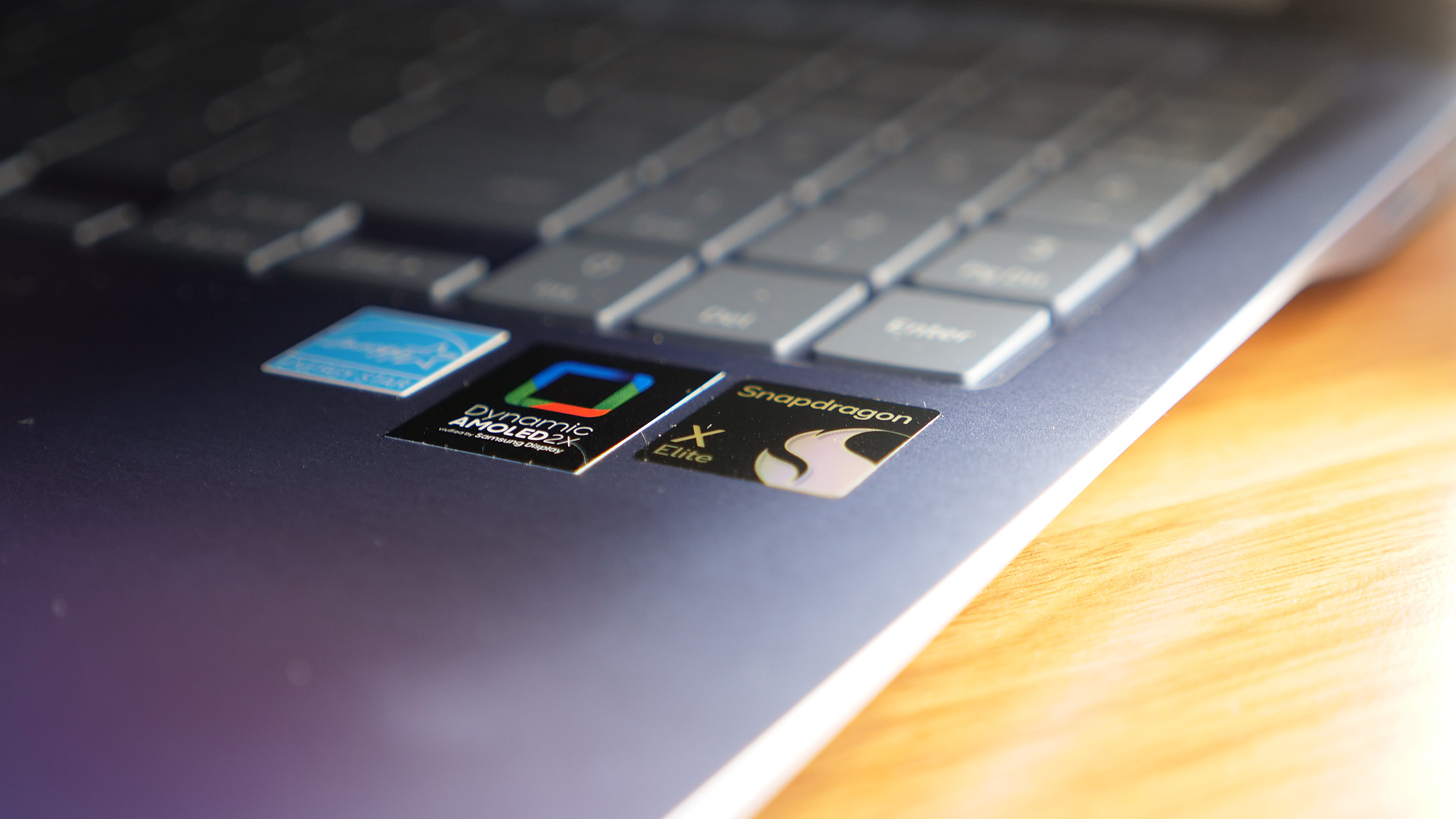Laptop Mag Verdict
The Samsung Galaxy Victory 4G LTE offers long battery life and some of the S III's coolest features for half the price, but the bulky design and low-res screen are turnoffs.
Pros
- +
Long battery life
- +
S Beam, S Voice included
- +
Unlimited 4G LTE (where available)
Cons
- -
Relatively thick design
- -
Low-resolution display
- -
Slow camera
Why you can trust Laptop Mag
LTE? Check. S Voice? Check. NFC? Check. No, we're not talking about the Galaxy S III, but rather the Samsung Galaxy Victory 4G LTE, an Android smartphone that has many of the same features as Samsung's flagship device, but costs just $99. There are, however, some trade-offs for the Victory's $100 savings over the S III, including a lower resolution display. So is the Victory a win for bargain hunters?
Design
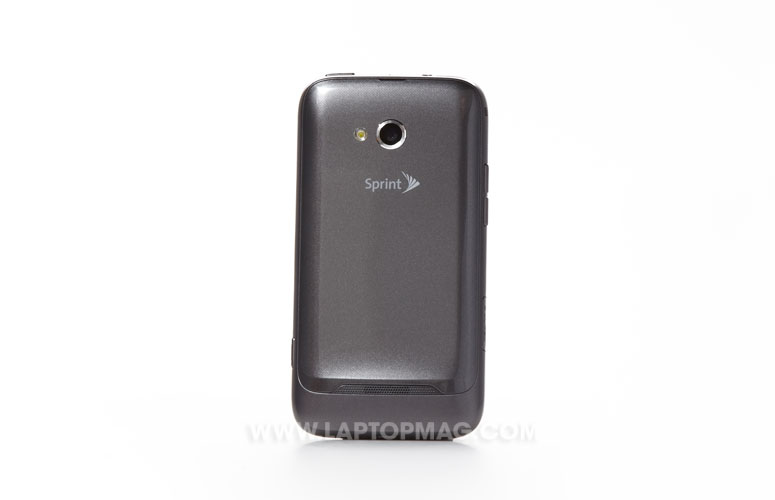
Click to EnlargeThe Samsung Galaxy Victory 4G LTE has a design reminiscent of Samsung's Galaxy Player 3.6: solid, but not exactly sexy. The front has a 4-inch touch screen surrounded by a glossy black bezel. Up top is a thin speaker grille and a 1.3-megapixel front-facing camera. Below the display, situated on the Victory's gray chin piece, are backlit capacitive Back, Home and Settings buttons. Because they look like physical buttons, we initially pressed harder on them than needed.
The rest of the phone features the same gray paint job found on the chin piece. The battery cover gets an ever-so-slight flourish by way of a barely visible thatched pattern. The cover is also coated in a glossy paint that easily picks up fingerprints and makes the Victory feel slippery.
At the top of the battery cover is the Victory's 5-megapixel camera and LED flash, and at the bottom is a large speaker grille. A dedicated camera button sits on the right side, while the left side houses a volume rocker and microSD card slot. The 3.5mm headphone jack and power button are up top and the micro USB port is on the bottom.
Measuring 4.8 x 2.5 x 0.5 inches and weighing 4.9 ounces, the Samsung Galaxy Victory 4G LTE is slightly chunky. The LG Viper 4G LTE, which also offers a 4-inch display, is slightly smaller, 4.6 x 0.5 x 0.47 inches, but weighs roughly the same at 5 ounces. The larger Galaxy Nexus (5.3 x 2.7 x 0.37 inches) weighs more at 5.1 ounces, but is significantly slimmer and crams in a bigger 4.7-inch display.
Display
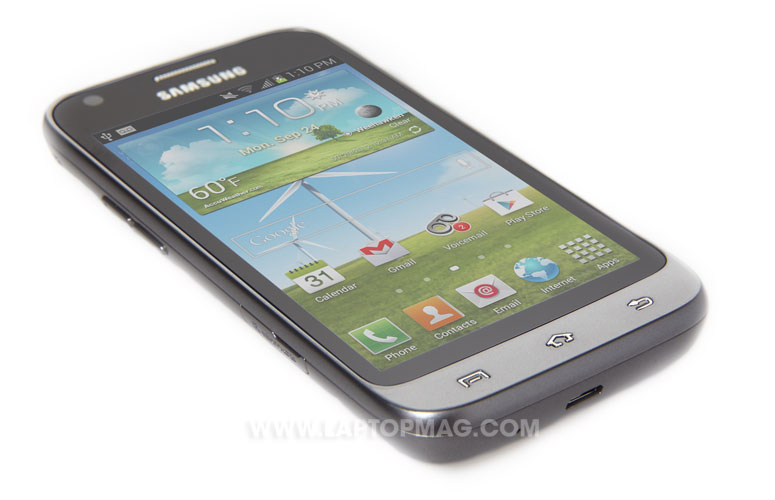
Click to EnlargeThe Galaxy Victory 4G LTE's 4-inch 800 x 480 WVGA screens offered average visuals. Websites were clear and text was easy to read, but when we switched to watching videos, we noticed a good deal of pixelation. Among similarly priced phones on Sprint, the Viper has the same resolution as the Victory, but the Galaxy Nexus' 4.65-inch screen is a higher 1280 x 800.
A 1080p trailer for the movie "Looper" showed a fair amount of detail--the wrinkles in Bruce Willis' face, for one--but the frequent lens flare effects around bright light sources appeared grainy. On the plus side, the display's 447 lux rating was well above the 297 category average as well as the Galaxy Nexus (334 lux). Still, the LG Viper 4G LTE's 655 lux rating and iPhone 4S (549 lux) are brighter.
Audio
Audio from the Victory's rear speaker was loud enough to fill a small conference room, but at higher volumes, the audio sounded distorted. While listening to The Black Keys' "Howlin' for You," the opening drum sequence had a distinct, unwanted echo. We also had a difficult time distinguishing individual instruments from each other in songs like The Naked and Famous' "Young Blood." Synthesizer and guitar riffs melded together into a mishmash of sound, while the cymbal crashes sounded tinny.
Keyboard
Click to EnlargeIf you've got large fingers, typing on the Galaxy Victory 4G LTE's keyboard in portrait mode will prove problematic. We found ourselves frequently pressing the wrong buttons. Typing with the phone in portrait mode was significantly easier, although we still experienced some difficulties. Thankfully, the Victory comes loaded with Samsung's Swype-like T9 Trace feature.
Interface
The Galaxy Victory 4G LTE uses Google's Android 4.0 Ice Cream Sandwich and the latest version of Samsung's TouchWiz interface. You get five home screens, three of which already have content on them, including widgets for Samsung's Media Hub app and AccuWeather.com.
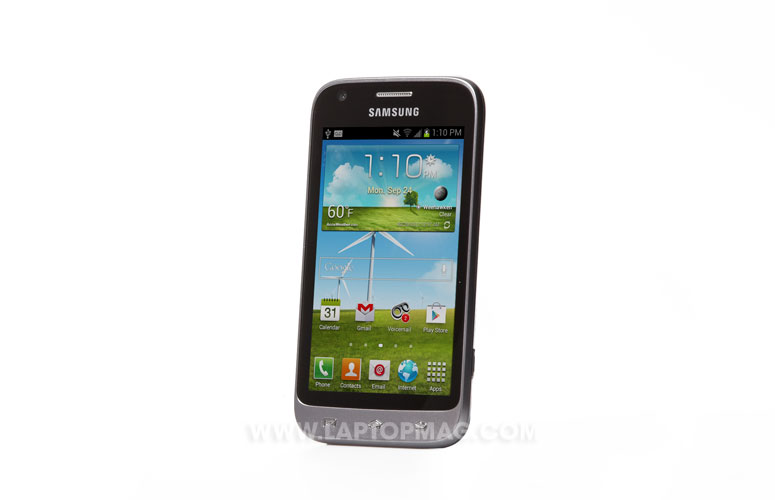
Click to EnlargeThe Victory's lock screen can be customized to include a clock, the weather and shortcuts to the phone's dialer, messages and camera apps. Users can also unlock the Victory with a standard swipe, password, pattern lock, face unlock or face and voice unlock.
Like the Galaxy S III, the Galaxy Victory includes a quick settings bar in the notification shade. From here, you can switch on the phone's Wi-Fi, Bluetooth, GPS, Sync and Auto-rotate features, as well as adjust the display brightness or jump directly into the system settings.
If you grow tired of the Victory's standard interface, you can use change things up with the Sprint ID app. From here, users can download different themes, or ID Packs, which change your device's home screen wallpapers and basic apps. The Notre Dame ID Pack, for example, changes the Victory's background to the school's "ND" logo and colors. Apps include shortcuts to the school's mobile website, sports pages and more.
Performance
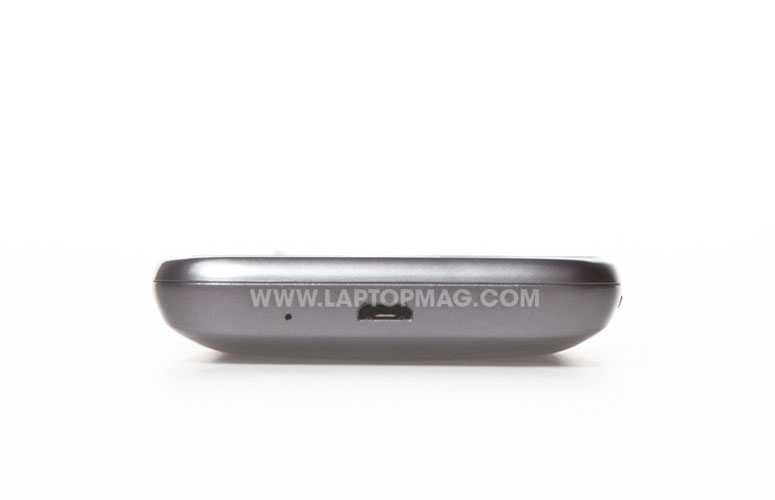
Click to EnlargeThe Galaxy Victory 4G LTE performed better than we'd expect from a $99 smartphone. Its 1.2-GHz dual-core Qualcomm MSM8960 Lite processor, 1GB of RAM and 4GB of ROM performed well on synthetic tests. On the CPU Benchmark test, the Galaxy Victory pulled down a score of 3,554, beating out the LG Viper 4G LTE by nearly 1,500 points, the Galaxy Nexus by 400 points, and the smartphone category average by roughly 800 points.
The An3DBench benchmark proved more challenging for this device. The Galaxy Victory managed a score of 7,215, falling short of the LG Viper's 7,421, as well as the Galaxy Nexus (7,688). The Victory did, however, top the smartphone category average of 7,134.
On the Quadrant test, which measures a phone's CPU, I/O and 3D graphics capabilities, the Galaxy Victory registered 4,199, far better than the Android average of 2,743. The LG Viper 4G LTE scored 3,042, and the Nexus returned a much lower 1,861.
In everyday use, the Victory proved responsive, but we found there was as much as a one-second delay from the time we pressed the Home button to when the home screen showed up. However, disabling the home button launch shortcut for S Voice in settings sped things up.
Apps
Click to EnlargeThe Samsung Galaxy Victory 4G LTE features many of the same apps found on the S III, including Media Hub, S Suggest and S Voice, Samsung's Siri competitor. Media Hub lets users purchase movies and TV shows, while S Suggest provides users with access to apps, movies, books and TV shows.
Samsung has also bestowed the Victory with the S III's S Beam feature, which allows users to wirelessly share photos and apps with other S III or Galaxy Victory users. Google Wallet allows you to pay for items at participating stores via the Victory's NFC chip and your linked credit or debit card.
Sprint apps on the Galaxy Victory 4G LTE include Sprint Hotspot and Sprint Zone, which gives you access to all of your important account information as well as the carrier's newsfeed and technical support.
3G, 4G LTE and Web browsing
Click to EnlargeSprint's 4G LTE network is still in its earliest stages, reaching just 15 markets. Sprint says it's expecting to increase its 4G LTE coverage by more than 100 markets in 2013, but for now, the network is still woefully limited. At out New York office, we were forced to rely on the Galaxy Victory's 3G data connection, which mustered 951 Kbps downloads and 767 Kbps uploads.
Web browsing on the Galaxy Victory was expectedly slow. It took an average of 25 seconds to load the full version of NYTimes.com and 8 seconds to load ESPN Mobile. Laptopmag.com took about 40 seconds.
Camera and Camcorder
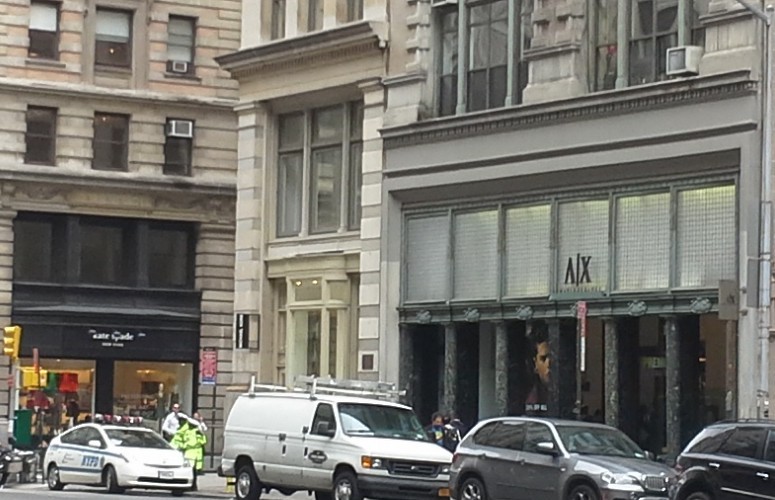
Click to EnlargeThe rear-facing 5-MP camera on the Victory captured sharp, distortion-free photos. Colors were accurate and light sources didn't cause any oversaturation. Samsung also included a panorama mode for shooting landscape shots or big group shots.
We did, however, find the camera annoyingly slow when shooting photos. It regularly took as long as 2.5 seconds from the time we pressed the camera button to the time a photo saved.
The Victory's front-facing 1.3-MP camera provided relatively crisp images. Color reproduction was accurate and details were easily visible. Video shot using the front-facing camera was equally impressive.
Call Quality
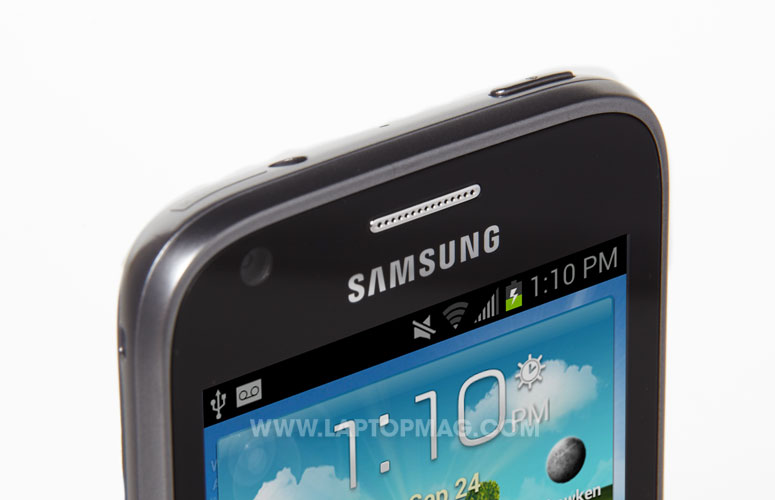
Click to EnlargeThe first time we made a call from the Galaxy Victory to a landline, voice quality was garbled due to the heavy static on the line. Sound quality remained the same when we hung up and called back a few seconds later. When we called a cellphone, voice quality once again poor on our end. The caller on the other end of the line, however, said that we came through loud and clear. A few days later, we made another phone call, and this time, encountered no static on either end.
Battery Life
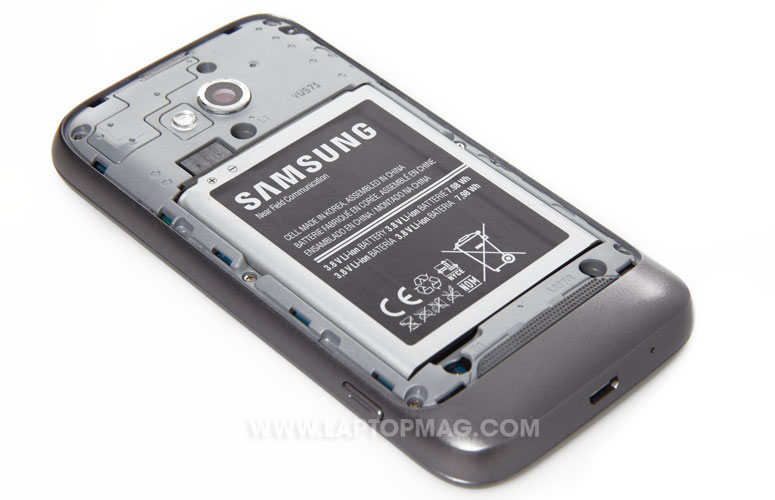
Click to EnlargeThe Samsung Galaxy Victory 4G LTE's 2,100 mAh battery lasted an impressive 8 hours and 28 minutes on the LAPTOP Battery test (Web browsing over 3G), about two and a half hours longer than the category average (5:56). By comparison, the LG Viper 4G LTE and its 1,700 mAh battery lasted just 3 hours and 57 minutes, and the Galaxy Nexus a measly 3:42. However, we expect the battery life to drop when this phone is connected to 4G LTE.
Data Plans and Value
Sprint is one of the few carriers that still offers an unlimited data option. For $109 per month, you get unlimited talk, text and data. If you don't need unlimited voice, you can buy a 450-minute plan with unlimited text and data for $79.99 per month.
Verdict
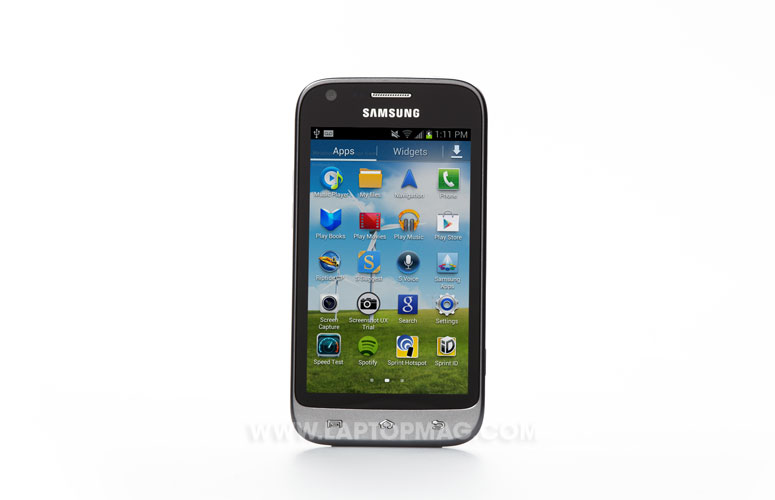
Click to EnlargeThe $99 Samsung Galaxy Victory 4G LTE by Sprint is a solid budget smartphone that offers many of the features of its higher-priced sibling, the Galaxy S III. We're also impressed with this smartphone's battery life. However, the low-res screen and thick design scream budget phone. Although it suffers from shorter endurance, the $99 Samsung Galaxy Nexus laps the Victory with its larger and high-res display and newer Jelly Bean software. But if you need a smartphone that can go the distance--without an extended battery--the Victory is worth a look.
Samsung Galaxy Victory 4G LTE (Sprint) Specs
| Audio formats supported | AAC, QCP, OGG, MP3, MIDI, M4A, WMA, AMR, WAV |
| Bluetooth Type | Bluetooth 4.0 |
| Brand | Samsung |
| CPU | 1.2GHz dual-core Qualcomm MSM8960 Lite processor |
| Camera Resolution | 5 MP |
| Carrier | Sprint |
| Company Website | http://www.samsung.com |
| Data | LTE, WCDMA |
| Display (main) | 4-inch 800 x 480 WVGA |
| Form Factor | Candybar Touchscreen |
| Front Camera Resolution | 1.3MP |
| GPS | Yes |
| Internal Memory | 4GB |
| Memory Expansion Type | microSD Card |
| Networks | 850/900/1800/1900MHz UMTS Dual-band: 1700/2100MHz |
| Operating System | Android 4.0 |
| Ports | microUSB, 3.5mm headphone |
| RAM | 1GB |
| Size | 4.8" x 2.5" x 0.5" |
| Talk / Standby Time | 7 hours/ 9 days |
| Video formats supported | WMV, MPEG-4, H.264, H.263, Divx |
| Weight | 4.9 ounces |
| Wi-Fi | 802.11 a/b/g/n |
